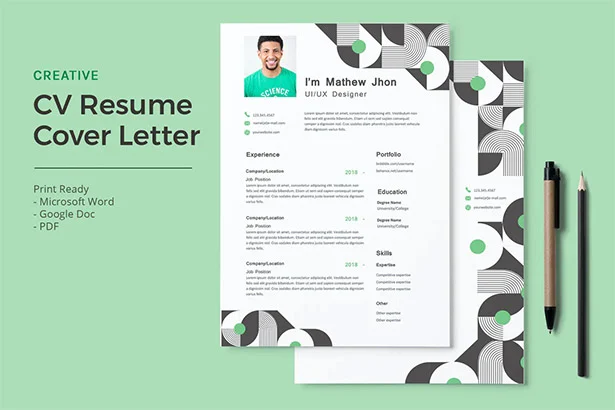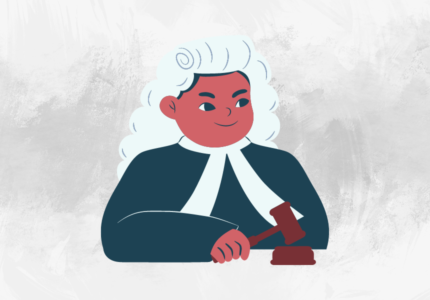
The job market is highly competitive for executives looking to find a new job. Not only will the best positions be filled with highly-qualified candidates but it’s also a challenge to meet the ever-more specific needs of employers and still keep the job hunt manageable. How do you start?
Instead of jumping into your work history and getting into details, it is far better to think about the resume from the perspective of potential employers. Then give them the information they need. These are the three strategies that I use as a Certified Professional Resume writer (CPRW), working with executives from all major industries.
1) Defining and communicating what sets you apart
Executives make the mistake of believing that they must reengineer every page of their resume between job applications. In the hopes of landing a job, they analyze the job postings and insert the keywords in a methodical manner. Let me tell you, a job posting is not a complete description of the employer’s requirements. It’s important that you have the key attributes listed. They want candidates who can excel in three to four key areas, communicate effectively, and have a track record that quantifies their application.
To identify your skills, analyze your career. Next, write a short opening paragraph to your resume that communicates these skills. An example of an opening paragraph for a candidate to be a Senior VP Sales & Marketing would be:
Global business leader with more than 20 years of experience in defining market vision and strategy for Fortune 500, high growth and startup companies. Expert in global upstream and downstream marketing of industry-first products and building corporate alliances. Also, a major PR winner.
This strategy communicates to potential employers that you are unique and can bring a variety of skills that have proven successful. Expert Tip: If you want to highlight a specific skill for a job posting, just change one of these lines.
2) In your work history, emphasize leadership and concrete successes
Your resume should include every relevant job in the work history section.
-A short paragraph that identifies the unique responsibilities. This should not exceed 3-5 lines. Avoid generalities and always stress leadership, whether it’s building cross-functional teams or liaising directly with external agencies.
-A section called “Key Achievements” for each position that lists concrete achievements. Prioritize the most important organizational developments and keep it quantifiable. The best way to achieve the former is by introducing metrics.
3) When to Cut
Resumes are a great way to leave them wanting more. A great resume acts as a “teaser” to a candidate by piqueing their interest and prompting them to ask for more information. These are some tips to help keep your resume short and manageable.
-Don’t recite job responsibilities in your work history section.
-Don’t get bogged down in minutiae. You assume that a reader doesn’t have a good understanding of your industry.
For your resume, don’t exceed 2 pages.
A strong resume will get you more interviews and save you time searching. Have fun hunting!





